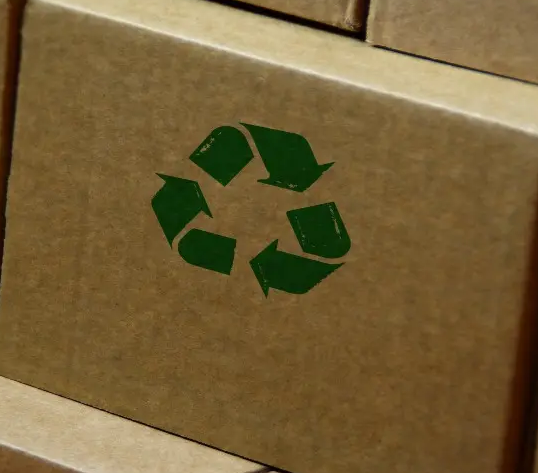Trends in packaging and sustainability for 2023
2023-02-09
As the year 2023 progresses, sustainability-oriented packaging trends continue to evolve and lead the way towards a more sustainable future for the industry.
Concern for the environment and the growing interest of consumers in sustainability have driven the demand for packaging that is more environmentally friendly. In 2023, sustainability is expected to continue setting trends in the packaging industry.

In turn, environmental regulations and laws boost the industry by setting higher standards and encouraging the adoption of more sustainable materials and practices. This includes banning certain single-use plastics, promoting reusable or recyclable packaging, and adopting sustainable alternative materials.
Among the trends that will be observed in 2023 are the use of materials such as paper, the rise of alternative materials, the integration of more interactive and sustainable design and production practices and the implementation of strategies to promote advanced recycling.
Alternative materials
One of the most relevant trends will be the search for new packaging materials to reduce those of fossil origin. This is the result of a paradigm shift that has been taking place in the thinking, not only of manufacturers but of the consumer, who today is focused on taking care of the environment and reducing the waste generated by the packaging of different industries.
Many companies are adopting these materials for their packaging, not only for environmental responsibility reasons, but also because it allows them to improve the brand image and attract a sustainability-conscious audience. In short, innovations in alternative packaging materials are an important step towards a more sustainable and responsible future.
Options such as starch, algae and mushrooms are the most promising.
Paper-based materials boom
Large packaging manufacturing companies are migrating towards paper-based solutions due to a number of factors, including environmental concerns, changing demand and economic advantages.
First of all, it must be taken into account that paper is a more sustainable and environmentally friendly material than plastic materials, which has become increasingly relevant for companies as consumers and regulations call for a reduction in the use of non-biodegradable plastics
In turn, the demand for sustainable and environmentally friendly packaging is increasing, and packaging manufacturing companies are responding to this trend towards more sustainable and environmentally friendly products.
On the other hand, it is clear that technologies in paper production have improved significantly in recent years, which has allowed packaging manufacturing companies to offer stronger, more durable and moisture-resistant paper solutions, which makes them more suitable for use in food packaging.
Economically speaking, paper may be more affordable than other materials, especially as the costs of plastic materials increase due to the growing demand for sustainable solutions and stricter regulations.
Accessibility and interactive design
Trends in accessibility and design of interactive packaging include augmented reality technologies, accessibility for people with disabilities, interaction with mobile devices, use of sensors and IoT technology and personalization. These approaches can improve the user experience and increase brand loyalty.
- Use of augmented reality (AR) technology: Augmented reality allows consumers to interact with packaging in a more interesting and meaningful way, providing additional information about the product or packaging, and increasing interaction and engagement with the brand.
- Accessibility for people with disabilities: Interactive packaging is designed to be more accessible for people with disabilities, such as braille and audio language, which improves the user experience and increases inclusion.
- Interaction with mobile devices: Interactive packaging is designed to be compatible with mobile devices, allowing consumers to interact with the packaging using their smartphone or tablet.
- Use of sensors and IoT technology: Interactive packaging can include sensors and IoT technology to collect data on packaging usage and improve the user experience.
Personalization: Interactive packaging allows for greater personalization and personalization of the user experience, which can increase brand loyalty and improve the shopping experience.
Advanced recycling refers to the application of innovative and sustainable technologies to recycle waste and materials and turn them into new useful products and materials. At present, advanced recycling has the ability to recycle composite materials, such as plastics and metals, it is an important trend in advanced recycling. It also has separation technologies, such as hydrotreating and pyrolysis.
However, there are many aspects that need to be improved in order to promote sustainable industrial recycling and not only that it is profitable, but also that it is viable. Things to improve include:
- Promote education and awareness about advanced recycling: It is important to promote education and awareness about advanced recycling among consumers, businesses and communities.
- Improve recycling infrastructure: Recycling infrastructures should be improved to increase the efficiency and effectiveness of the recycling process.
- Encourage innovation: Research and development of new advanced recycling technologies should be encouraged.
- Fostering collaboration among key players: It is crucial to foster collaboration among key players, including manufacturers, recyclers, authorities and consumers, to boost advanced recycling.




